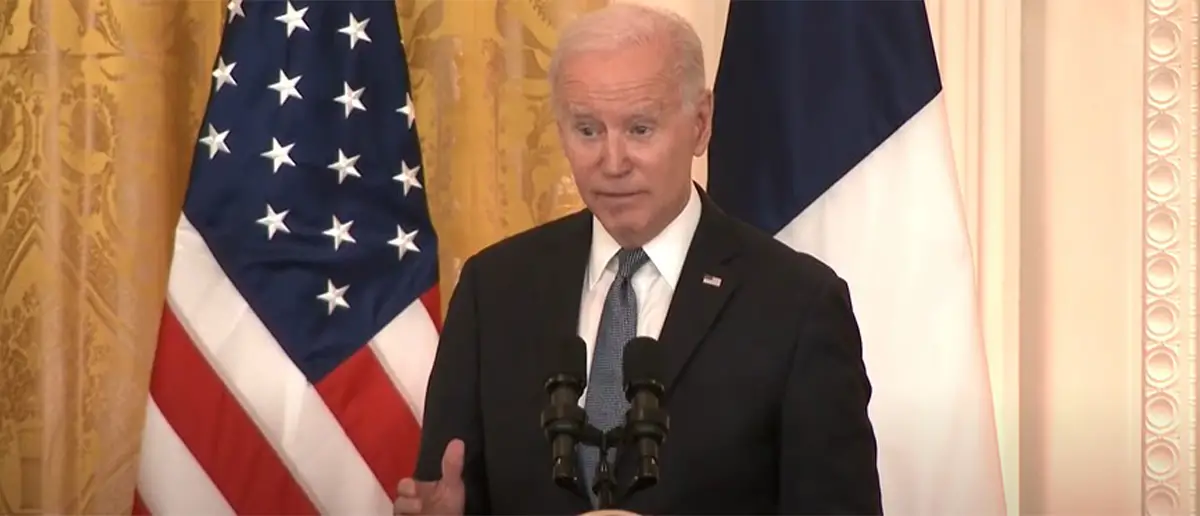
A major case is making its way through the judicial system. The final ruling will forever change American society.
And now three judges have handed down a groundbreaking ruling about the U.S. Constitution.
On Tuesday, a three-judge panel of the Fifth Circuit Court of Appeals issued a decision reversing a lower court order rejecting a preliminary injunction against the ATF’s pistol brace rule and sending the case right back to the lower court for a second look.
The panel, comprised of Jerry E. Smith (nominated by Reagan), Don Willet (nominated by Trump), and Stephen A. Higginson (nominated by Obama), did not rule on the rule’s constitutionality but instead focused on the plaintiff’s claim that the rule breached the APA, the Administrative Procedure Act.
The panel voted contra the district court order by a count of 2 to 1, explaining that the circuit court had viewed the rule as more “legislative” than “interpretive,” but the district court had taken a more “interpretive” stance. Rules that are interpretive in nature are not subject to the APA principles, but rules that are legislative in nature are.
They concluded:
We move on to plaintiffs’ claim that the Final Rule violates the APA’s procedural and substantive requirements. On that front, plaintiffs establish a substantial likelihood of success on the merits. The ATF incorrectly maintains that the Final Rule is merely interpretive, not legislative, and thus not subject to the logical-outgrowth test. The Final Rule affects individual rights, speaks with the force of law, and significantly implicates private interests. Thus, it is legislative in character
Similar attention was paid by the circuit court to the split between the ATF’s Proposed Rule and its Final Rule.
The document argued that this discrepancy “violates the APA” and emphasized that “the Proposed and Final Rule must be alike in kind so that commentators could have reasonably anticipated the Final Rule.”
As the panel pointed out, however, “the Notice of Proposed Rulemaking (NPRM) and the Final Rule bear little resemblance to one another,” and “it is nigh impossible for a regular citizen to determine what constitutes a braced pistol, and outside of the sixty contemporaneous adjudications that the ATF released, whether a specified braced pistol requires NFA registration.”
The ball is now in the court of the Biden administration’s ATF, so to speak, to decide if they are going to appeal this ruling.
They could wait for more finality in the case before deciding to appeal the preliminary injunction.
Though, their case will be harder if they ultimately lose the case in whole and then try to appeal at that time.
Judges and Supreme Court Justices weigh whether there is a preliminary injunction in place when they are evaluating the merits of a case.
As for the Supreme Court, they’ve certainly shown way more conservative jurisprudence in recent years with the new makeup of the Court bench.
The additions of Brett Kavanaugh, Neil Gorsuch, and Amy Barrett have had no small impact on the rulings that have been handed down by the Highest Court in the land.
It’s hard to see the Supreme Court siding with the ATF on this issue given how hostile the Supreme Court has been to government executive branch overreach, as we’ve seen in their recent EPA ruling.
Either way, the writing seems to be on the wall for the ATF led by the Biden Administration in this case over the constitutionality of rules that regulate simple gun braces.
They have their work cut out for them and at the end of the road is a Supreme Court seemingly ready to hand the Biden administration yet another loss.
Stay tuned to the DC Daily Journal.





